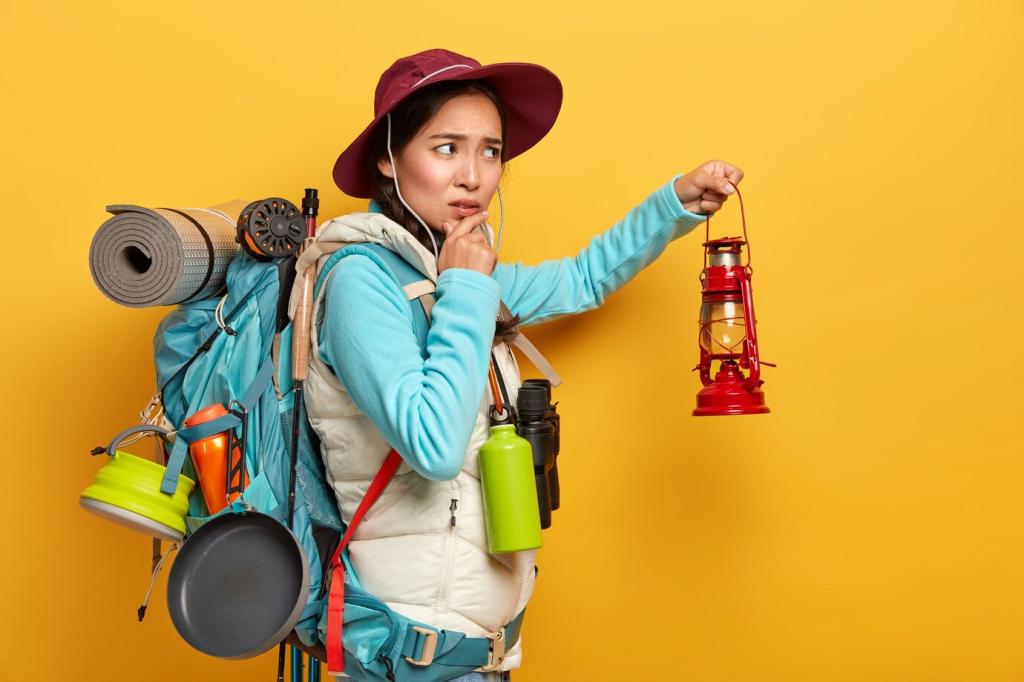Season-by-Season Risk Snapshot
Spring trails can look inviting yet hide blue ice beneath soft slush, plus undermined snow bridges over creeks. Carry microspikes, poles with snow baskets, and waterproof layers. Practice conservative stream crossings, and share your spring safety rituals in the comments.
Season-by-Season Risk Snapshot
Start early, hydrate steadily, and respect the 30/30 lightning rule on exposed ridges. Sun at altitude burns faster, especially near reflective snowfields. Wear UPF layers and a brimmed hat. Have a plan for popular trails, and comment with your favorite cool-down strategies.







